The Werewolf of the North
Sabine Baring Gould
Varla Ventura
Magical Creatures
A Weiser Books Collection
This ebook edition first published in 2012 by Red Wheel/Weiser, LLC.
With offices at:
665 Third Street, Suite 400
San Francisco, CA 94107
www.redwheelweiser.com
Copyright 2012 by Red Wheel/Weiser LLC. All rights reserved.
Excerpted from The Book of Were-Wolves by Sabine Baring-Gould. London: Smith, Elder & Co., 1865.
eISBN: 978-1-61940-029-0
Cover design by Jim Warner
Should you ever find yourself on a lovely country lane ambling along and enjoying the late afternoon autumnal air, only to quietly realize that you have gone far, far from the path you'd originally taken (the path that leads to the expansive estate you've been guesting at, recuperating from your nervous breakdown), you would be well advised to head as quickly as you can back in what you assume is the proper direction. Soon the sun will fall behind the darkening tree line, and you will be on the edge of a dreary wood, where all manner of creatures dwell. Their eyes will flash as you stumble along, desperate to find the way that seems familiar. Most of these creatures are harmless. There are those nocturnal scoundrels the raccoons and the leathery winged bat (you aren't afraid of bats, are you?) with the magical hoot of the owl to mark the evening's arrival. Spooky perhaps, but not dangerous. But I said most. There are creatures in that wood that you would not wish to encounterbeasts of unimaginable size, vicious beasts with sharp claws and long fangs, hungry and ready to kill. Among them you may find the werewolf.
Werewolves are an interesting pack. Not quite as sexy as a vampire nor as revered as a witch, their place in the annals of horror has been one of mixed sympathy and disdainTeen Wolf being the exception to both of those. The werewolf appears to be older and more universal across cultures than the likes of vampires or other supernatural creatures. Though many of us think of the classic woodland man-turned-wolf there are many cross-cultural variants of werewolves, often referred to as shape-shifters. In Chinese legends we find the P'an Hu, the Wendigo of Algonquian peoples, the Cajun Rougarou or Roux-Ga-Roux. Our literary past is littered with werewolves, most famously with the Big Bad Wolf himself who lurks in the forest and lusts after Little Red Riding Hood. Algernon Blackwood wrote several short stories of werewolfian shades. In 1933 Guy Endore wrote one of the single most important contributions to werewolf literature, The Werewolf in Paris. I like to think of him sifting through old werewolf stories like this one by Eugene Field, drawing inspiration on the folklore of those lycan-philes who came before him. Of note, this novel later became the 1961 feature film of freakery, The Curse of the Werewolf.
And speaking of the big screen, the aforementioned Teen Wolf is certainly an iconic symbol of lycanthropic fun, but perhaps more iconic still is The Wolf Man, played by the great Lon Chaney. This movie also stars one of my beyond-the-grave crushes Bela Lugosi, who actually plays the werewolf that infects Chaney. I mean, could it get any dreamier? Actually, it does, when the Wolf Man teams up with Dracula, played by Lugosi, and Frankenstein, played by Boris Karloff, for a symphony of movie mayhem! But I digress...
It seems that unlike the mindless zombie, the ancient mummy, or event the licentious vampire, we don't fear the werewolf so much as feel sorry for him. It is a wild beast caught in a trap. We worry for him; we wish it could be another way. We don't want to become werewolves the way we yearn for superpowers or immortality. We want the werewolf to be free of the curse that binds him. Free to be either beast or man, not tragically stuck being both.
Here are a few interesting facts about werewolves you may not know:
- Werewolves are not always mean: In medieval romances, such as Guillaume de Palerme, the werewolf is not the terrifying creature of more modern tales, but rather benign, appearing more like a victim and less like the enemy. (True also of Harold in this story.)
- Werewolves are not always male: The 1588 story from the mountains of Auvergne tells the tale of a she-wolf whose paw was cut off by a hunter. When he opened the bag where he had placed his prized paw, he discovered instead a woman's hand. It didn't take long to figure out who was missing the hand (a nobleman's wife), and she was burned at the stake. That's one way to end a marriage...
- Werewolves are not always wolves: Were-creatures can take the form of many beasts. In variations of lore from around the world we find examples of were-cats, were-sharks, were-bears, and even a were-dolphin.
- Werewolves are not always fictional: There is a rare but very real disease now called clinical lycanthropy. Those diagnosed believe themselves to able to transform into a nonhuman animal, specifically a wolf.
Sabine Baring-Gould was an eclectic man. Born in England in 1834, he is best known for the hymns he composed, among them the infamous Onward, Christian Soldiers. He was married for nearly fifty years and fathered fifteen children. He was a collector of stories and folk songs as well as an accomplished novelist, and was known to write while standing. This selection of folklore on the Scandinavian werewolves is part of his greater work, The Book of Werewolves, which was published in 1865 and is still one of the largest studies of werewolf lore to this day. He died in 1924 and was buried next to his wife.
Was he afraid of that wild beast that was just at the edge of the tundra? Did he believe? If you read on, I think you'll agree that werewolveswhether dangerous or desirousare indeed quite real.
In Freakitude,
Varla Ventura
San Francisco
2011
Table of Contents
THE WERE-WOLF IN THE NORTH
Norse Traditions - Manner in which the Change was effected - V lundar Kv
lundar Kv da - Instances from the Vlsung Saga - Hrolf's Saga - Kraka - Farose Poem - Helga Kvida - Vatnsdla Saga - Eyrbyggja Saga
da - Instances from the Vlsung Saga - Hrolf's Saga - Kraka - Farose Poem - Helga Kvida - Vatnsdla Saga - Eyrbyggja Saga
IN Norway and Iceland certain men were said to be eigi einhamir, not of one skin, an idea which had its roots in paganism. The full form of this strange superstition was, that men could take upon them other bodies, and the natures of those beings whose bodies they assumed. The second adopted shape was called by the same name as the original shape, hamr, and the expression made use of to designate the transition from one body to another, was at skipta hmum, or at hamaz; whilst the expedition made in the second form, was the hamfr. By this transfiguration extraordinary powers were acquired; the natural strength of the individual was doubled, or quadrupled; he acquired the strength of the beast in whose body he travelled, in addition to his own, and a man thus invigorated was called hamrammr.
The manner in which the change was effected, varied. At times, a dress of skin was cast over the body, and at once the transformation was complete; at others, the human body was deserted, and the soul entered the second form, leaving the first body in a cataleptic state, to all appearance dead. The second hamr was either borrowed or created for the purpose. There was yet a third manner of producing this effect-it was by incantation; but then the form of the individual remained unaltered, though the eyes of all beholders were charmed so that they could only perceive him under the selected form.
Having assumed some bestial shape, the man who is
Next page
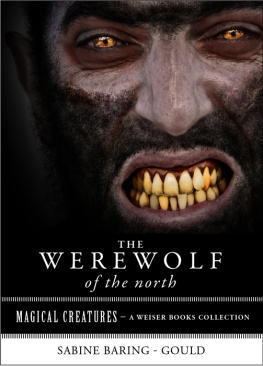
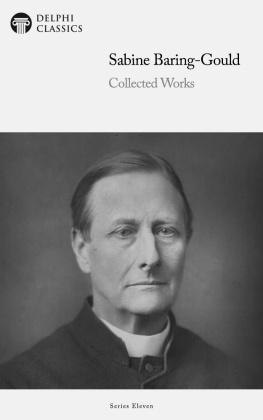

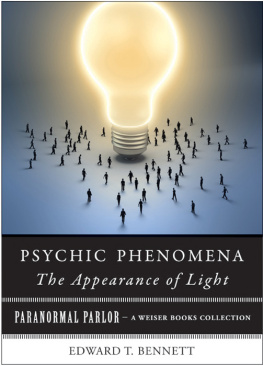
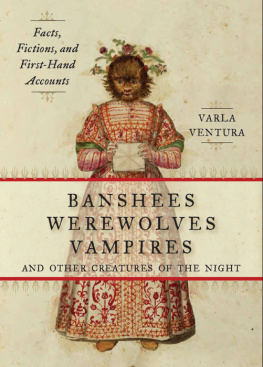

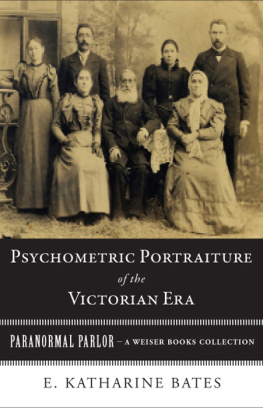
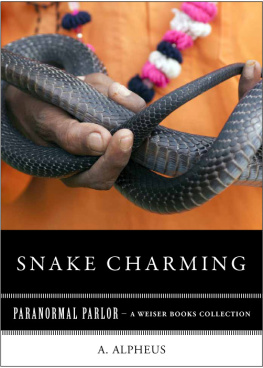
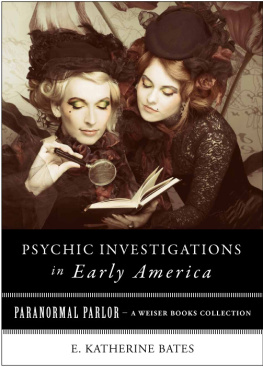
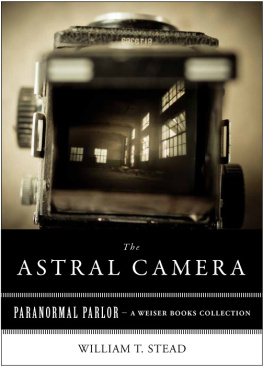
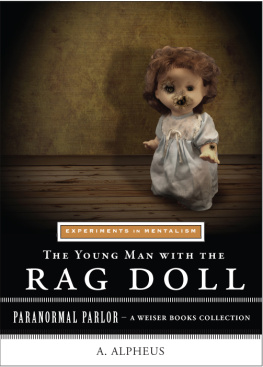
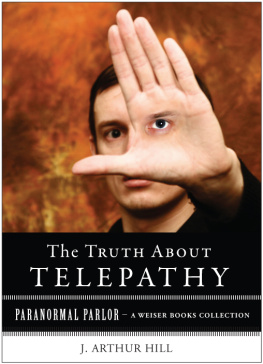

 lundar Kv
lundar Kv